Transforming your idle swimming pool into a thriving fish pond not only revitalizes your backyard but also fosters environmental sustainability. According to environmental experts, repurposing a pool reduces water consumption by up to 90%. With proper filtration systems, fish ponds become self-sustaining ecosystems, promoting biodiversity. Moreover, studies reveal that fish ponds enhance property value by 7-10%. By embracing this eco-friendly makeover, you contribute significantly to conserving water resources while creating a beautiful, biodiverse habitat in your backyard.
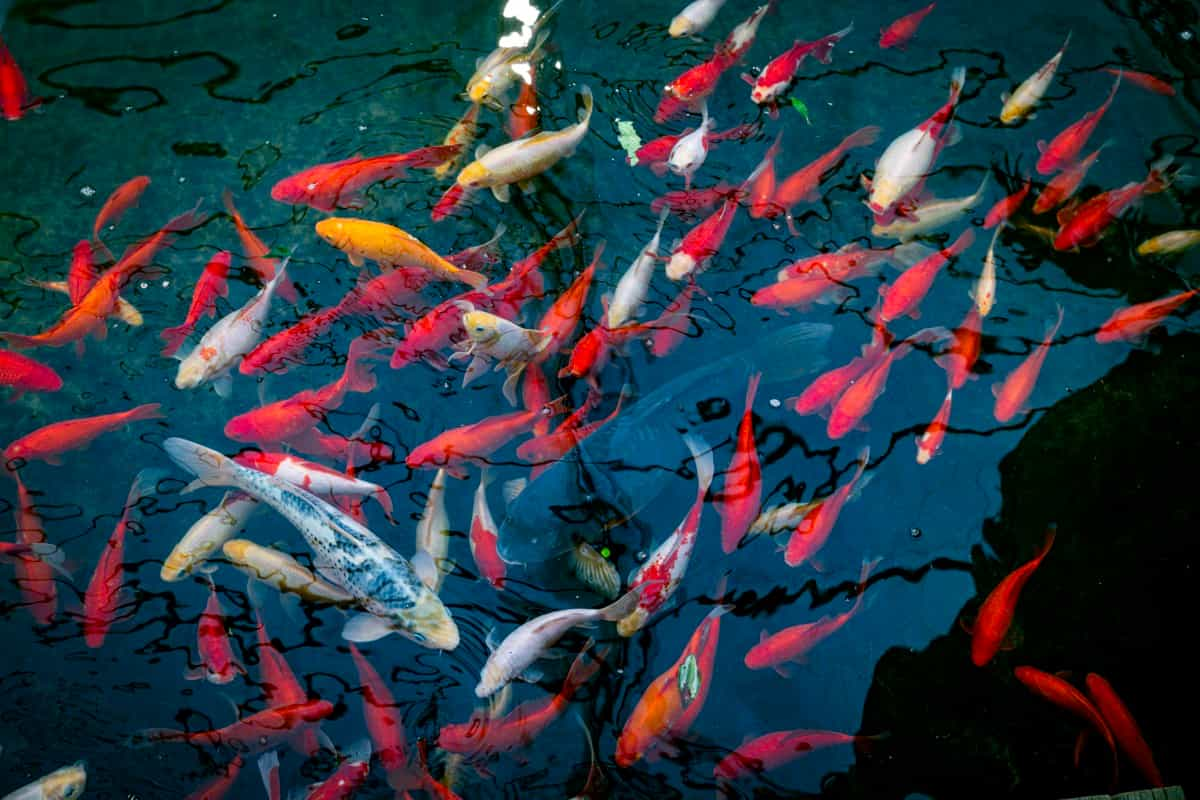
How to Convert Your Unused Swimming Pool into a Fish Pond
Introduction to Pool-to-Pond Conversion
Converting an unused swimming pool into a fish pond is a sustainable and eco-friendly way to repurpose an underutilized space in your backyard. This transformation not only adds aesthetic value to your property but also contributes to the local ecosystem by creating a habitat for aquatic life. In this comprehensive guide, we will explore the step-by-step process of converting a pool into a thriving fish pond, providing insights into design, maintenance, and environmental considerations.
Assessing Your Pool’s Suitability for Conversion
Before the conversion process, it’s crucial to assess the condition and suitability of your existing pool. Factors such as the size, depth, and structural integrity of the pool will determine its potential for transformation into a fish pond. Additionally, the location of the pool in relation to sunlight exposure and landscaping features should be considered to ensure an optimal environment for aquatic life. Through careful evaluation, you can determine whether your pool is viable for conversion and plan accordingly.
Planning Your Fish Pond Design
The design phase of the conversion process involves envisioning the aesthetic and functional aspects of your future fish pond. Considerations such as the type of fish you intend to populate the pond with, the layout of aquatic vegetation, and the incorporation of natural or artificial features will dictate the overall design. By creating a detailed plan, including dimensions, materials, and landscaping elements, you can visualize the transformation and prepare for the implementation stage.
In case you missed it: Tilapia Fish Farming in Saudi Arabia: Business Plan, How to Setup Ponds and Tanks for Tilapia
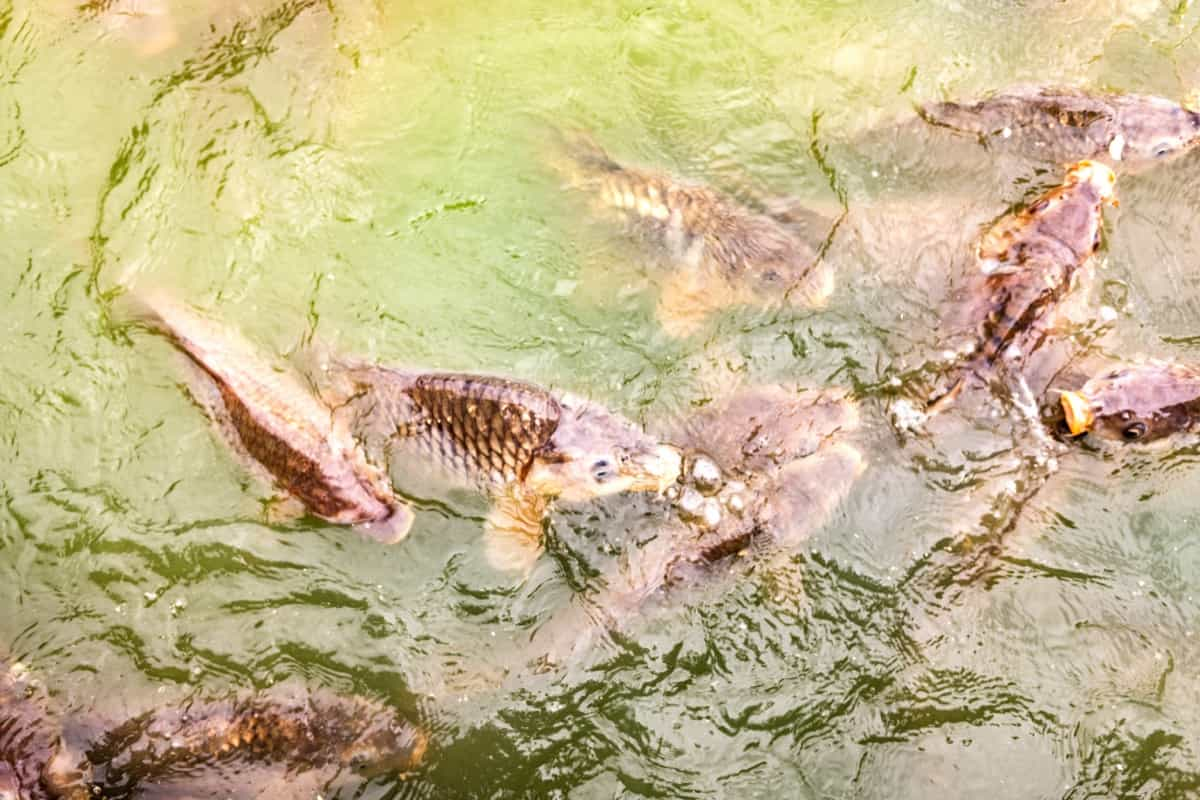
Obtaining Necessary Permits and Understanding Regulations
Converting a swimming pool into a fish pond may require obtaining permits and adhering to local regulations and zoning ordinances. It’s essential understand the legal requirements associated with such a transformation in your area. This may involve obtaining permits for structural modifications, water usage, and environmental impact assessments. By familiarizing yourself with the necessary regulations, that will ensure compliance and avoid potential legal complications down the line.
Draining and Cleaning the Pool
The initial step in the physical conversion process involves draining the pool of its existing water and thoroughly cleaning the interior surfaces. Proper drainage and cleaning are essential to remove any residual chemicals, debris, or contaminants that may be harmful to aquatic life. This phase sets the stage for the subsequent modifications and prepares the pool for its new life as a fish pond.
Repairing and Preparing the Pool Surface
Structural integrity is paramount when repurposing a swimming pool into a fish pond. Any existing cracks, leaks, or damage to the pool’s surface must be identified and repaired to prevent water seepage and ensure the pond’s stability. Additionally, the interior surface should be smoothed and prepared to accommodate the installation of a pond liner, if necessary. By addressing these structural considerations, you can create a secure and durable environment for your fish pond.
Installing a Pond Liner (If Needed)
Depending on the condition of the pool’s existing surface, the installation of a pond liner may be necessary to prevent water leakage and maintain the integrity of the pond. Pond liners, typically made of durable materials such as EPDM rubber or PVC, provide a protective barrier and ensure water retention. Proper installation of the pond liner is crucial to the long-term success of the fish pond, allowing for a watertight enclosure that supports aquatic life.
In case you missed it: How to Build a Fish Pond for Beginners: For Backyard, Outdoors, Start with Best and Cheap Ideas
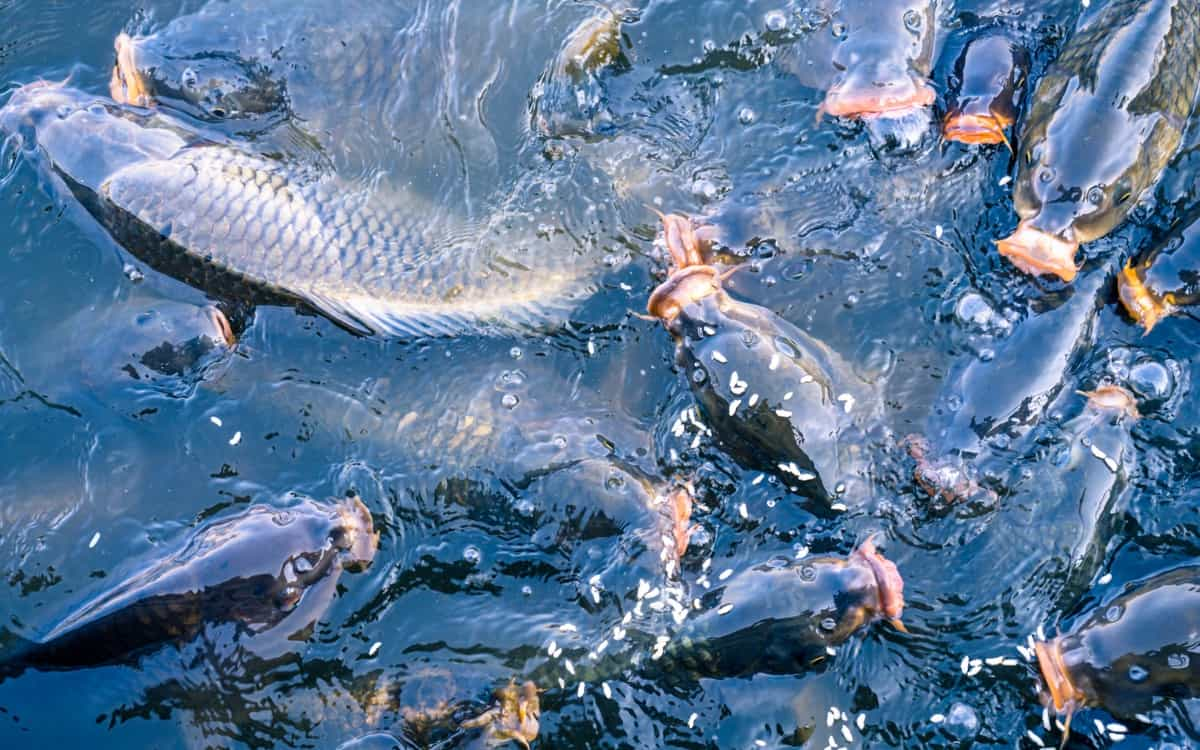
Setting Up Filtration and Aeration Systems
Establishing a functional filtration and aeration system for maintaining water quality and creating a healthy aquatic environment within the fish pond. Filtration systems, including mechanical, biological, and chemical components, remove debris and impurities from the water, promoting clarity and oxygenation. Aeration systems, such as pumps and diffusers, facilitate the circulation of oxygen and prevent stagnation, supporting the well-being of the fish and other aquatic inhabitants.
Creating a Natural Ecosystem: Plants and Substrate
Integrating aquatic plants and substrates into the fish pond enhances its ecological balance and aesthetic appeal. Native aquatic plants, such as water lilies, water hyacinths, and submerged vegetation, contribute to oxygenation, nutrient uptake, and habitat diversity. Additionally, natural substrate, such as gravel or sand, provides a foundation for plant growth and supports the biological filtration processes. By incorporating these elements, you can establish a thriving natural ecosystem within your fish pond.
Water Quality Management: Testing and Balancing
Maintaining optimal water quality is fundamental to the health and vitality of the fish pond ecosystem. Regular testing of water parameters, including pH, ammonia, nitrites, and nitrates, allows for effective monitoring and adjustment of water chemistry. Balancing these factors through natural means or appropriate treatments ensures a stable and supportive environment for aquatic life. By prioritizing water quality management, you can sustain the well-being of your fish pond inhabitants.
Introducing Fish to Your New Pond
The introduction of fish to the newly converted pond marks an exciting milestone in the transformation process. Carefully acclimating the fish to their new environment, monitoring their behavior, and providing appropriate nutrition are crucial for their successful adaptation. Selecting fish species compatible with the pond’s size, depth, and water quality is essential to ensure their long-term health and well-being.
Common choices for fish pond inhabitants include koi, goldfish, and native freshwater species, each offering unique colors and characteristics. By introducing fish gradually and observing their interactions, you can foster a thriving aquatic community within your pond.
Adding Features: Lighting, Fountains, and Waterfalls
The addition of lighting, fountains, and waterfalls can enhance the visual and sensory experience of your fish pond. Subtle underwater lighting illuminates the aquatic environment and extends the viewing pleasure into the evening hours. Decorative fountains and cascading waterfalls contribute to a tranquil ambiance while promoting aeration and circulation. These features elevate the fish pond’s aesthetic appeal and create a captivating focal point in your outdoor space.
Maintenance Tips for Your Fish Pond
Regular maintenance is integral to the longevity and functionality of your fish pond. Tasks such as debris removal, water quality testing, and equipment inspection should be conducted on a routine basis to ensure optimal conditions for the aquatic ecosystem. Additionally, seasonal maintenance, such as winterization and spring cleaning, addresses specific needs associated with changing environmental conditions. By implementing a structured maintenance regimen, you can uphold the health and beauty of your fish pond.
In case you missed it: How to Start Perch Fish Farming: Raising in Ponds, and Cages, A Step-By-Step Guide for Beginners
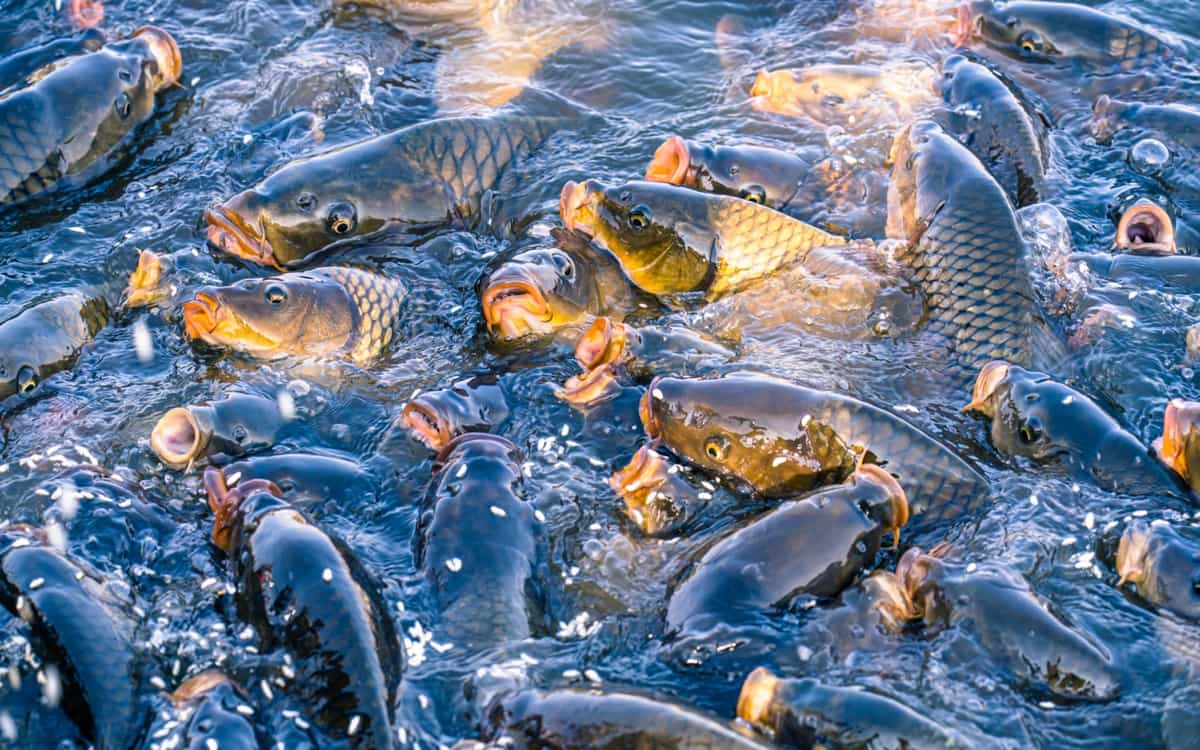
Seasonal Care and Adjustments
Adapting to seasonal changes is a key aspect of fish pond care. As temperatures fluctuate throughout the year, adjustments to feeding schedules, water treatments, and plant maintenance become necessary. Winter care, in particular, involves preparations to safeguard the pond and its inhabitants from freezing temperatures. By proactively addressing seasonal variations and requirements, you can sustain a harmonious and resilient fish pond environment.
Feeding Routine for the Fish
Establishing a consistent feeding routine is essential for supporting the nutritional needs of the fish while maintaining water quality. High-quality fish food, specifically formulated for the species in your pond, should be offered in appropriate quantities to prevent overfeeding and water contamination. Observing feeding behaviors and adjusting portions based on seasonal demands contribute to the overall health and vitality of the fish population. By adhering to a balanced feeding regimen, you can promote the well-being of your aquatic companions.
Converting Your Inground Pool into a Pond: A Brief Guide
Considerations Before Conversion
If your inground pool remains unused and neglected, transforming it into a pond can restore its charm and benefit the environment. However, a successful conversion requires careful planning and consideration.
Complete Pool Overhaul
More than merely allowing the pool to go green is required. To ensure the survival of fish and plants, the pool must be drained, cleaned with natural substances like vinegar, and rinsed thoroughly. Additionally, if the pool is lined with plastic or metal, it needs to be replaced with a wildlife-friendly liner such as concrete or synthetic material.
In case you missed it: Growing Vegetables and Fish Together in the Backyard: Starting a Backyard Aquaponics
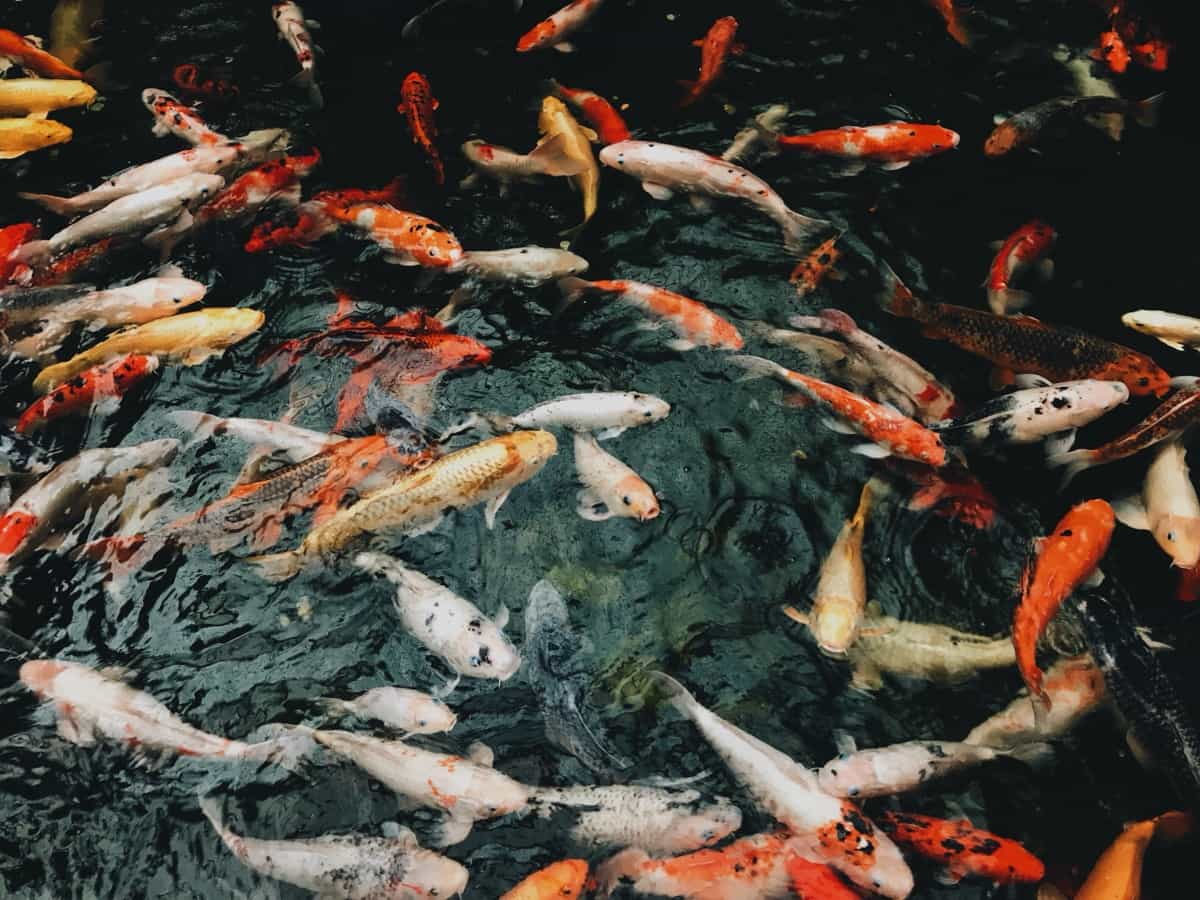
Installing a Filtration System
A filtration unit is vital for maintaining water quality, especially when fish are introduced. It removes waste and provides oxygen essential for plant and fish survival. Including a pump to circulate water enhances oxygenation and prevents stagnation.
Adding Aquatic Plants
Aquatic plants are crucial for a thriving pond ecosystem. Opt for plants which grow well in containers, as they’re easy to maintain and can be rearranged as needed. Popular choices include common rush, Sunny Pink hardy water lily, and Chinese water chestnut.
Introducing Pond Wildlife
Once the pond is established with a functioning filter and thriving plants, it’s time to introduce fish and other wildlife. Algae growth indicates a healthy ecosystem, providing oxygen for fish survival. Adding boulders to the pond creates resting spots for fish and attracts other wildlife like butterflies, dragonflies, frogs, and salamanders.
Maintenance and Enjoyment
Regular maintenance, like monitoring water quality and plant growth, is essential for a flourishing pond. With proper care, your converted pool-turned-pond will not only enhance your backyard but also serve as a haven for local wildlife.
Transforming Your Pool into a Natural Pond: A Quick Guide
Preparation for Conversion
Before starting the conversion process, turn off pool equipment and allow chlorine to dissipate. If you have a saltwater pool, consider diluting or changing the water to reduce salt levels.
Assessing Salt Levels
Ensure salt levels are below 1500 parts per million before adding plants. High salt levels can harm water plants and lilies, even if algae and fish can tolerate it.
Planting for Success
The Successful conversion lies in planting. Aim for around 70% coverage with various water plants and lilies. Clear water is essential for a healthy pond ecosystem.
Creating Shallow Areas
For deeper pools, create shallow areas using tubs, bins, or old tables to facilitate plant growth. Pool stairs can also host marginal water plants, adding depth and softening pond edges.
Introducing Fish
Fish, especially goldfish, play a vital role in controlling algae. Consider introducing a couple of hundred goldfish gradually to maintain a balanced ecosystem. Australian natives, like Pygmy Perch, can coexist with plants and wildlife.
Upgrading Pump Systems
Replace inefficient pool pumps with submersible pond pumps for better efficiency. Consider solar pump options for eco-friendly alternatives.
In case you missed it: Key Rules to Improve Feed Conversion Ratio (FCR) in Fish: For Better Profits in Fish Cultivation
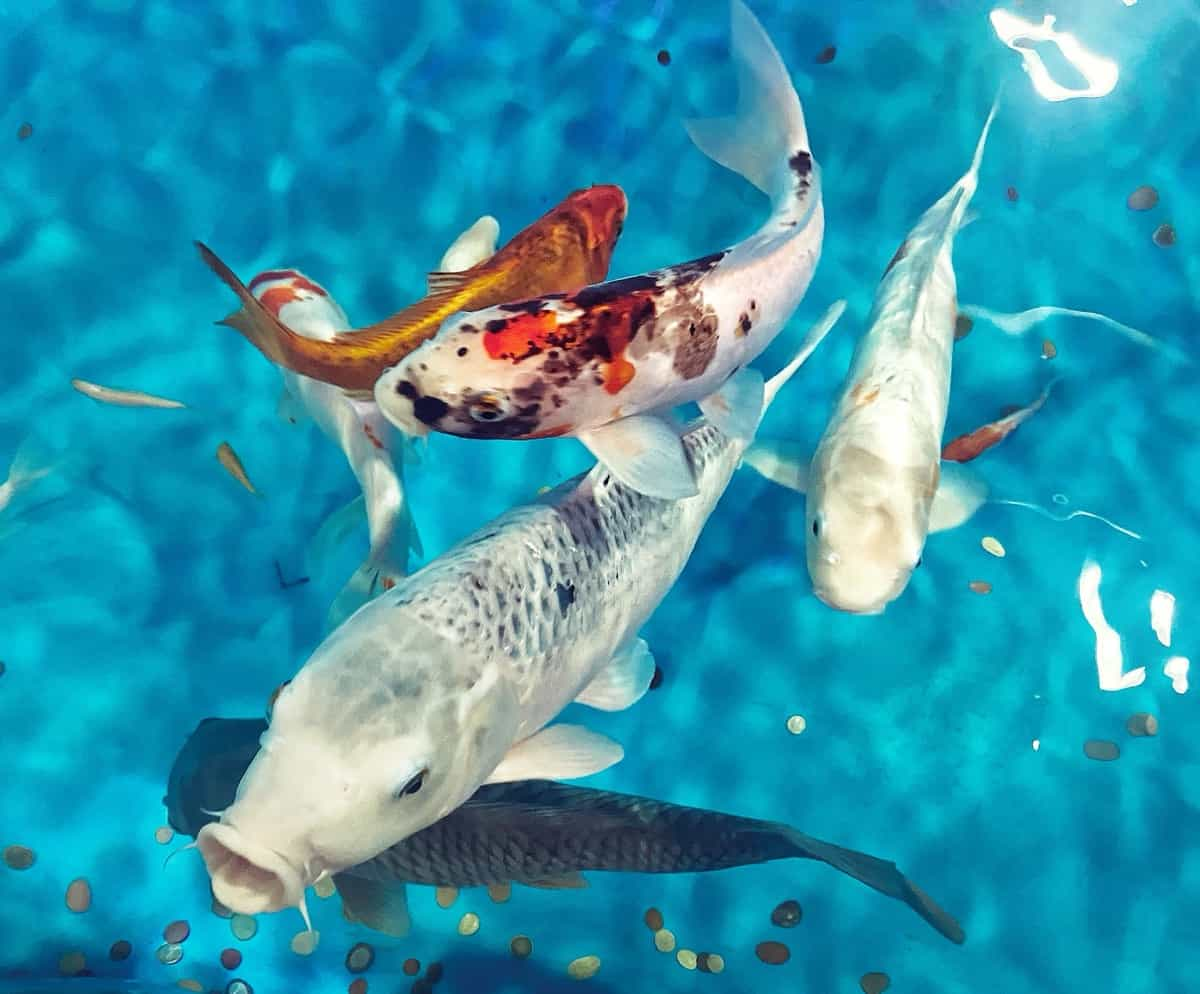
Patience is Key
Allow time for the pond ecosystem to balance, typically around six months after introducing plants and fish. Adding healthy bacteria and zeolite can expedite this process.
Equipment and Results
Consider using filtration systems like pressurized pond filters and high-capacity pumps for rapid results. Large water lilies in deep tubs, along with a variety of plants, contribute to the aesthetic appeal and functionality of the pond.
Conclusion
Transforming an idle swimming pool into a vibrant fish pond offers both environmental and aesthetic benefits. By repurposing the pool, you conserve water, foster biodiversity, and enhance your backyard’s appeal. With proper planning and maintenance, this eco-friendly makeover creates a harmonious habitat for aquatic life while beautifying your outdoor space.
- Types of Pesticides Used in Agriculture: A Beginner’s Guide
- Economical Aquaculture: A Guide to Low-Budget Fish Farming
- 15 Common Planting Errors That Can Doom Your Fruit Trees
- How to Make Houseplants Bushy: Effective Tips and Ideas
- Innovative Strategies for Boosting Coconut Pollination and Yield
- Pollination Strategies for Maximum Pumpkin Yield
- The Complete Guide to Chicken Fattening: Strategies for Maximum Growth
- Natural Solutions for Tulip Problems: 100% Effective Remedies for Leaf and Bulb-Related Issues
- Revolutionizing Citrus Preservation: Towards a Healthier, Greener Future
- Natural Solutions for Peony Leaf and Flower Problems: 100% Effective Remedies
- Maximizing Profits with Avocado Contract Farming in India: A Comprehensive Guide
- Natural Solutions for Hydrangea Problems: 100% Effective Remedies for Leaf and Flowers
- The Ultimate Guide to Choosing the Perfect Foliage Friend: Bringing Life Indoors
- From Sunlight to Sustainability: 15 Ways to Use Solar Technology in Agriculture
- The Ultimate Guide to Dong Tao Chicken: Exploring from History to Raising
- The Eco-Friendly Makeover: How to Convert Your Unused Swimming Pool into a Fish Pond
- Mastering the Art of Delaware Chicken Farming: Essentials for Healthy Backyard Flocks
- 20 Best Homemade Fertilizers for Money Plant: DIY Recipes and Application Methods
- How to Craft a Comprehensive Free-Range Chicken Farming Business Plan
- Brighten Your Flock: Raising Easter Egger Chickens for Beauty and Bounty
- How to Optimize Your Poultry Egg Farm Business Plan with These Strategies
- Subsidy for Spirulina Cultivation: How Indian Government Schemes Encouraging Spirulina Farmers
- Ultimate Guide to Raising Dominique Chickens: Breeding, Feeding, Egg-Production, and Care
- Mastering the Art of Raising Jersey Giant Chickens: Care, Feeding, and More
- Ultimate Guide to Raising Legbar Chickens: Breeding, Farming Practices, Diet, Egg-Production
- How to Raise Welsummer Chickens: A Comprehensive Guide for Beginners
- How to Protect Indoor Plants in Winter: A Comprehensive Guide
- Ultimate Guide to Grow Bag Gardening: Tips, Tricks, and Planting Ideas for Urban Gardeners
- Guide to Lotus Cultivation: How to Propagate, Plant, Grow, Care, Cost, and Profit
- Agriculture Drone Subsidy Scheme: Government Kisan Subsidy, License, and How to Apply Online
- Ultimate Guide to Raising Araucana Chickens: Breed Profile, Farming Economics, Diet, and Care
- Bringing Hydroponics to Classroom: Importance, Benefits of Learning for School Students
- Ultimate Guide to Raising Polish Chickens: Breed Profile, Farming Economics, Diet, and Care
- Ultimate Guide to Raising Australorp Chickens: Profile, Farming Economics, Egg Production, Diet, and Care
- Silkie Chicken Farming: Raising Practices, Varieties, Egg Production, Diet, and Care
- Sussex Chicken Farming: Raising Practices, Varieties, Egg Production, Diet and Care